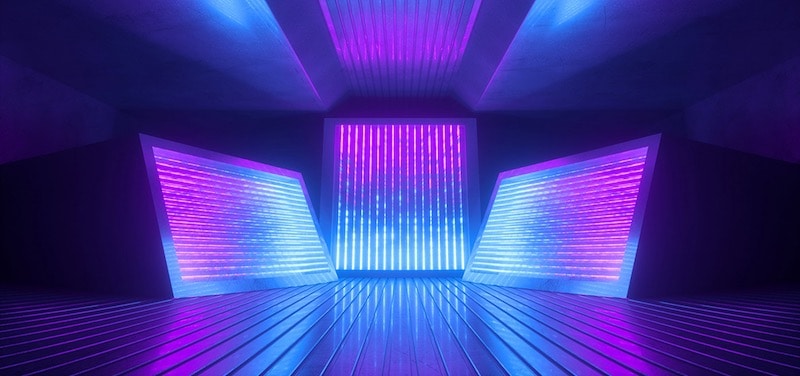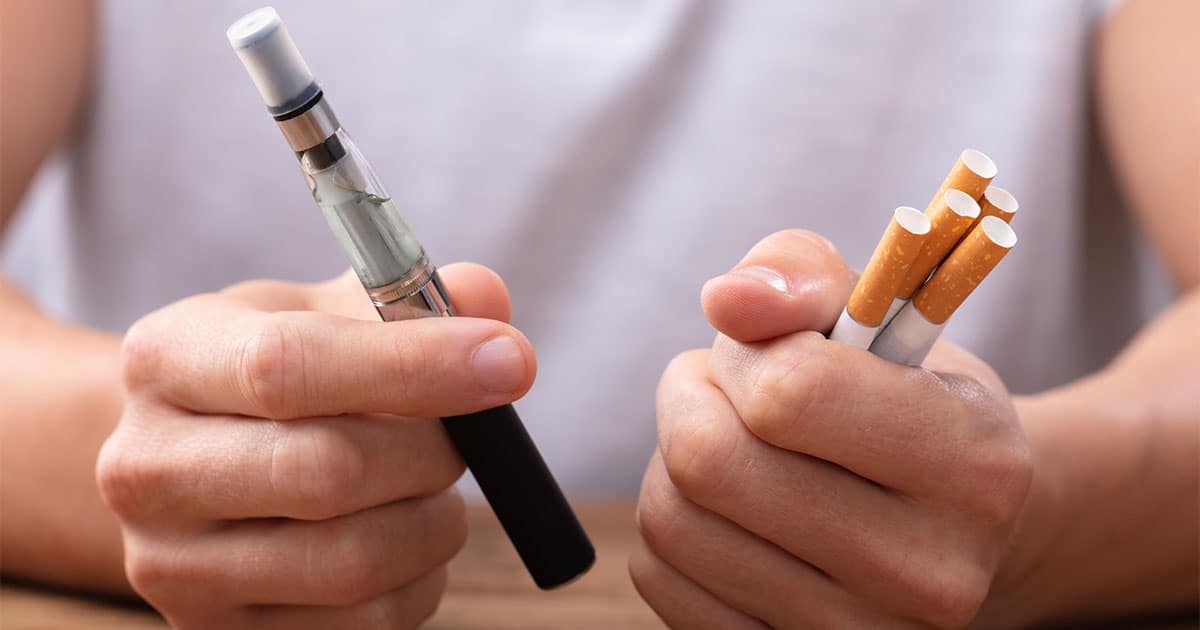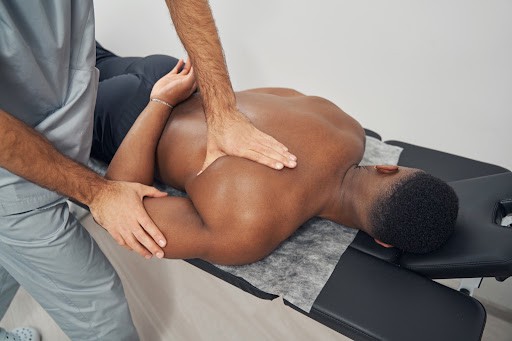
It seems tough to return to the world that was after COVID-19. This global pandemic has led the world toward more crises that the world already confront today. The impact of this crisis has already accelerated happening in the global economy.
Moreover, the spread has been increased day by day and making the virus more deadly due to which SOPs have been forced in multiple sectors of the world, and the use of anti Covid sterilization has become compulsory.
Further, various UVC sterilization suppliers are helping people to eliminate viruses and sterilize the areas quickly. They produce some highly advanced anti-covid sterilization products, including UV Lights, handheld sterilization lamps, ultraviolet disinfection rods, wall-mounted lamps, and desktop lamps to disinfect the home or offices. These products sterilize the air and kill 99.99% of the germs in its surrounding.
This article will be based on the various types of UV lights and lamps, their risk, effectiveness, and safety precautions to disinfect the spread of covid-19 or viruses.
Can UVC lamps inactivate the covid-19 virus?
Nowadays, UVC lamps and lights activation is well-known for disinfecting different viruses from the air, water, or the surface. Also, they are effectively used to reduce the spread of bacteria because they are called germicidal lamps.
However, there are certain limitation which the intensity of the inactivating virus, such as,
- Direct exposure, the UVC radiation lamps, and lights can only disinfect the virus if exposed directly; otherwise, it will not reduce the virus.
- Dose and duration are the second limitations that the UVC lights and lamps used in homes have low dose, so to be effective, they are used for a longer time period for disinfecting a virus.
Risk and effectiveness caused by UVC lamps
Risk
UVC may be harmful to health, so it is essential to know about the dose, exposure, and UVC wavelength before using it. The risk may be increased if it is not used properly. Also, there is some precaution that you need to take before using it to reduce the risk of any infection or reaction.
- Never look directly at a lamp. Be careful about UVC lights exposure from UVC lamps. It can cause a skin reaction or eye injury if skin and eyes are directly exposed to it.
- Ozone can be irritating to the surface if inhaled as some UVC lamps generate ozone.
- UVC lamps can sometimes damage plastic, dyed, and polymer products. So be careful about where to place these lamps.
- Some UVC lamps contain mercury, so people need to be extra cautious before using them as misuse of these lamps can cause distraction.
- Some UVC lamps are a known carcinogen for human skin, so be careful before using these lamps.
Effectiveness
The effectiveness of the UVC lamps highly depends upon the exposure and its usage. It is important to recognize that it is only effective when exposed directly and will not inactive the bacteria or virus if it is covered with dust or soil. UVC lamps’ effectiveness can be measured by measuring their health and safety risks and carefully reading the instruction.
Moreover, before buying the lamps, know about some details such as is that the lamp produces ozone, what type of material is used with UVC disinfection, and whether the mercy is present in this lamp.
Types of UVC lamps
There are different types of UVC light lamps having different effectiveness and risks depending upon their characteristic. Also, it has been proven effective in killing virtually all bacterias and microorganisms. However, precautions must be taken while using these UVC products. Some of the UVC lamps are listed below.
1. A low-pressure mercury lamp
It is the most common type of UVC lamp. It contains low-pressure mercury and produces various wavelengths. It has (>90%) emission at 254 nm. Nowadays, there are also other types of lamps that have a broad range of UV wavelength. However, they emit infrared radiation and visibility.
2. Excimer lamp or Far-UVC lamp
Excimer lamps are a special type of lamps that produce UV lights and, more generally, exciplex molecules. They are low-pressure lamps with a few millibars to high-pressure lamps. Moreover, they are operated at high-plasma temperature with a peak emission of 222m.
3. Pulsed xenon lamps
Pulsed xenon lamps are known for short pulses of broad-spectrum light. Most commonly used in hospitals or operation theaters. It can be harmful, so normally employed when there is no direct exposure or no human is occupying the space.
4. Light-emitting diodes (LEDs)
Light-emitting diodes (LEDs) are narrow wavelength UVC lamps having a wavelength range from 214 to 273 mn. One of these lamps’ biggest advantages is that they contain no mercury and are safer than others. However, they are used for small surface areas and have higher directionally LEDs, affecting their performance.
UV-C Safety Strategies
To avoid the risk and exposure and make the UVC helps more effective, there are some UVC safety measure that people need to see, such as,
- Placing warning labels where the UV lamps are located and on the doors and panels near AHU sections where UV rays may penetrate.
- Installing electrical disconnect devices near AHU lamp sections so that the UVC system can be de-energized. Nowadays, there is some safety door with various protection features to keep the AHU closed until the UV lamp power has been disconnected.
- Proper Instruction should be provided to never look directly at UV-C without adequate eye protection.
- Install a viewport as it will block the UV-C bandwidth. Ensure that the viewport is built from fire-resistant wired glass, UL classified and is sized. Also, there should be proper safety signage to assemble a complete viewport.
Making it a policy never to enter the plenum where UV-C lamps are active. If necessary, wear personal protective equipment including UV safety goggles, UV face shields, long-sleeved, tightly-woven clothing covering much of the body, and gloves.
These safety precautions will help ensure that service personnel is protected from accidental exposure while maintaining UV-C’s effectiveness to eradicate biological contaminants.




